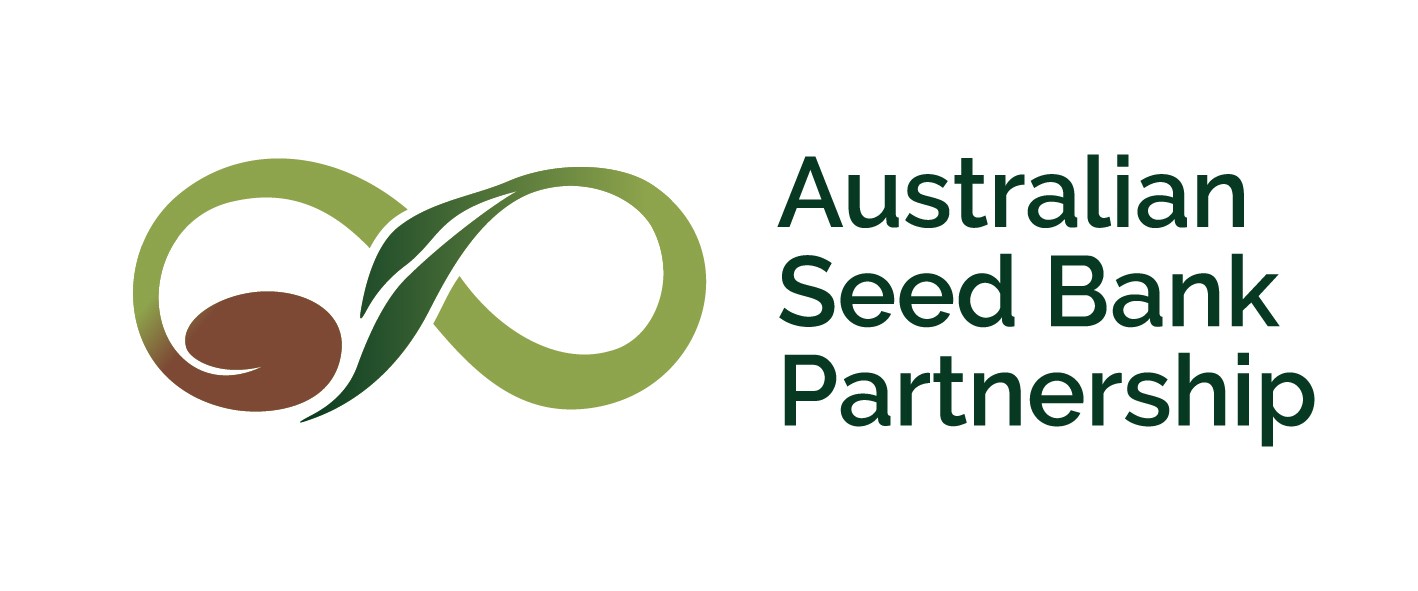Project Phoenix
Collecting, germinating and storing seed following the 2019-2020 Summer Bushfires
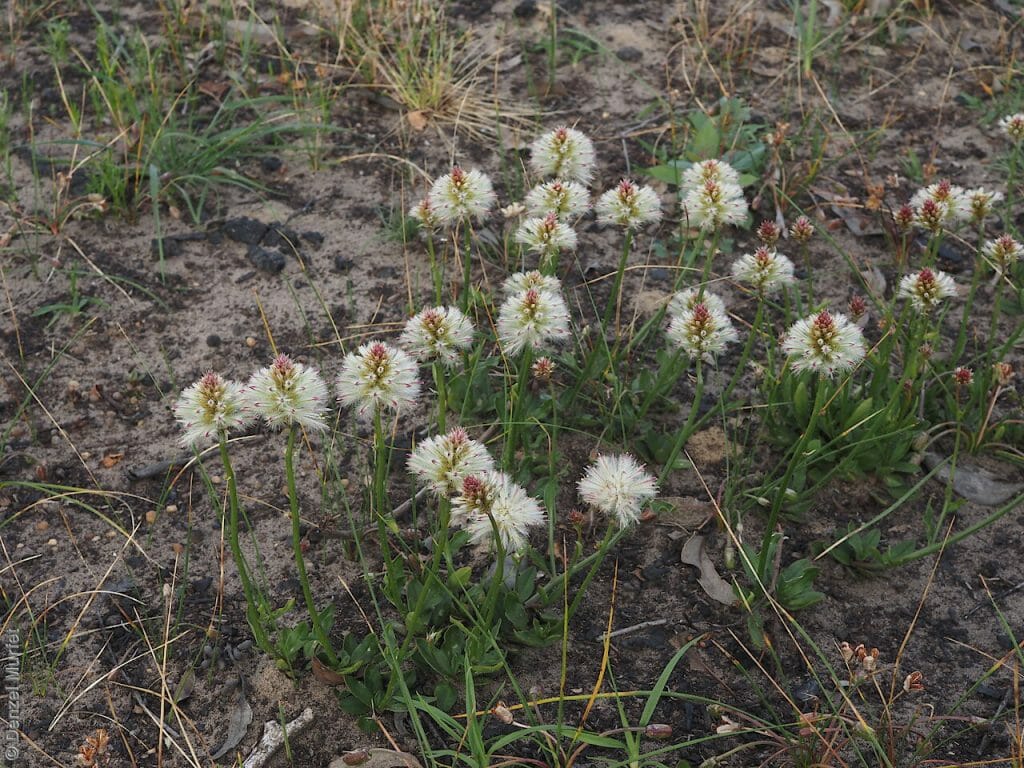
The Australian native seed sector is a complex network of collectors, seed banks, researchers and restoration practitioners. The sector has relied predominantly on natural resource management funding and funding from land rehabilitation for native seed restoration activities. Conservation seed banks have largely been funded by governments with additional grant funding for conservation and research supplementing these investments.
The Bushfires of 2019-2020 were devastating on many levels and have highlighted the urgency with which the sector must respond to these catastrophic events. The demand on conservation and restoration seed banks is high following events such as these. Following the fires, the Australian Government-funded Project Phoenix, led by Greening Australia, to look at ways of increasing native seed and plant supply for the restoration of bushfire affected areas. This also includes the conservation of valuable habitat with a focus on improving capacity throughout the sector over the long term.
Project Outcomes
Over 2020-21 the Australian Seed Bank Partnership worked closely with Greening Australia to deliver various on ground and long-term conservation activities, with a strong focus on the priority flora identified by the Australian Government’s Bushfire Expert Panel. Many of the activities under Project Phoenix are now complete or close to completion, with reports available on the Project Phoenix resources webpage.
The Australian Seed Bank Partnership’s project summary report can be read by clicking the following button. The below stories also showcase some of the work delivered by our Partners as part of the project.
The Duck’s Head Wasp Orchid (Chiloglottis anaticeps) is a small, endangered ground orchid only known from a few localities in the montane forests on the eastern edge of the New England Tableland of northern NSW. All known populations of this small orchid were affected by the 2019–20 Summer fires, and concern was held for the species given only a few hundred plants had ever been recorded.
A team from the Australian PlantBank, with support from NSW National Parks and Wildlife Service, set out to assess the populations in January 2021 to find that the sites, while suffering light understorey burns, were still intact with the orchids proliferating. At one remote location in Werrikimbe NP, the population was mapped and estimated to be more than 50,000. These finds also enabled measured conservation seed collections to build diversity held at the PlantBank and to plan for increased collection and management actions in following seasons. This is one species with a considerably brighter future than first feared.
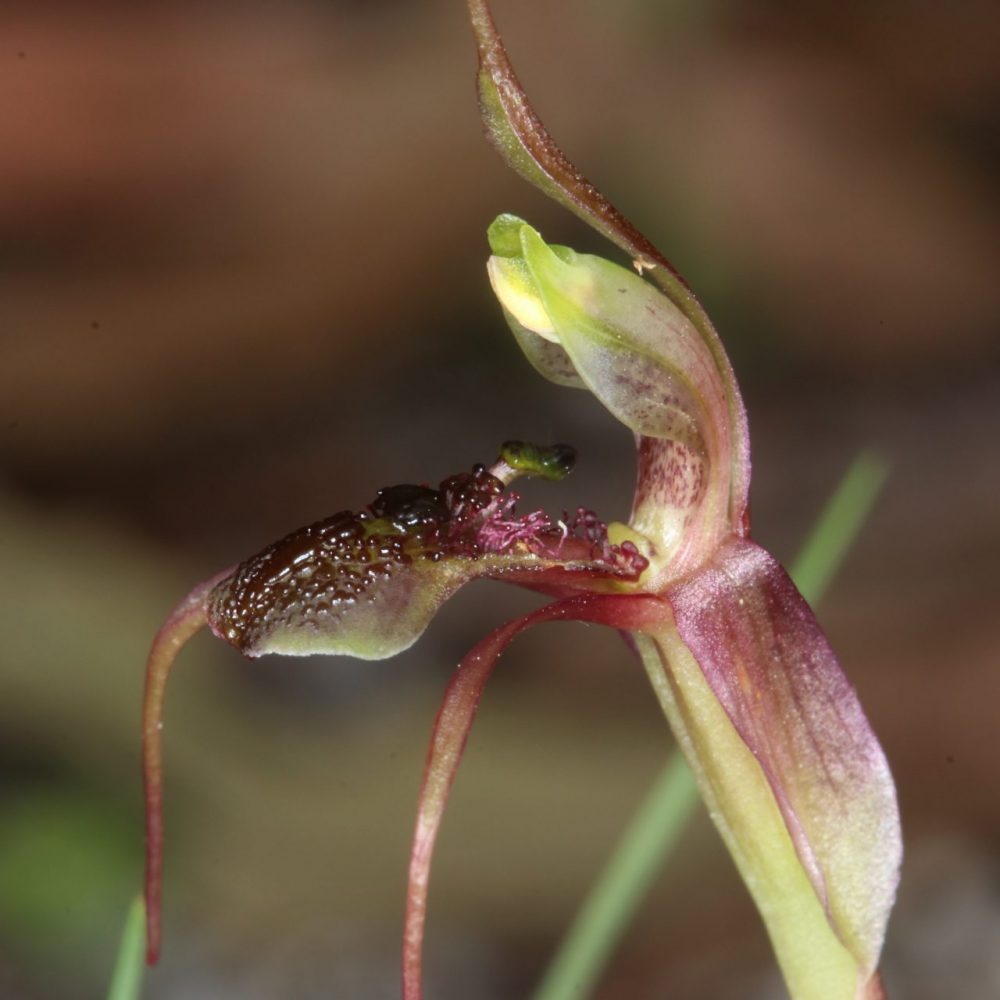
National Seed Bank, Australian National Botanic Gardens, Australian Capital Territory
Project Phoenix enabled staff of the National Need Bank at the Australian National Botanic Gardens to visit previously inaccessible sites and collect difficult taxa. Taxa are classed as difficult to collect due to their rarity, their growth habit and nature of seed production, accessibility within their habitat, lack of existing collection records, and unpredictability of seeding times.A difficult taxon for this project included a small perennial herb named Galium roddii. The National Seed Bank was able to collect seeds from plants found in the cracks and crevices on the limestone cliffs of Clarke Gorge within Kosciuszko National Park. This tenacious herb is battling to hang on to its habitat under threat from invasion by weed species. Our collection in February 2021 came at the peak of its seed production and a reasonable collection was made despite the difficulty of the terrain. Project Phoenix funding enabled extra people on the ground for seed collection, with both contract seed collectors and our ‘Seedy Volunteer’ program. This meant that we were able to collect more seed where it was available from difficult to collect taxa or from taxa we considered important for research. Understanding how these taxa respond to fire will provide us with an indication of how resilient those habitats are in the face of more frequent fires.
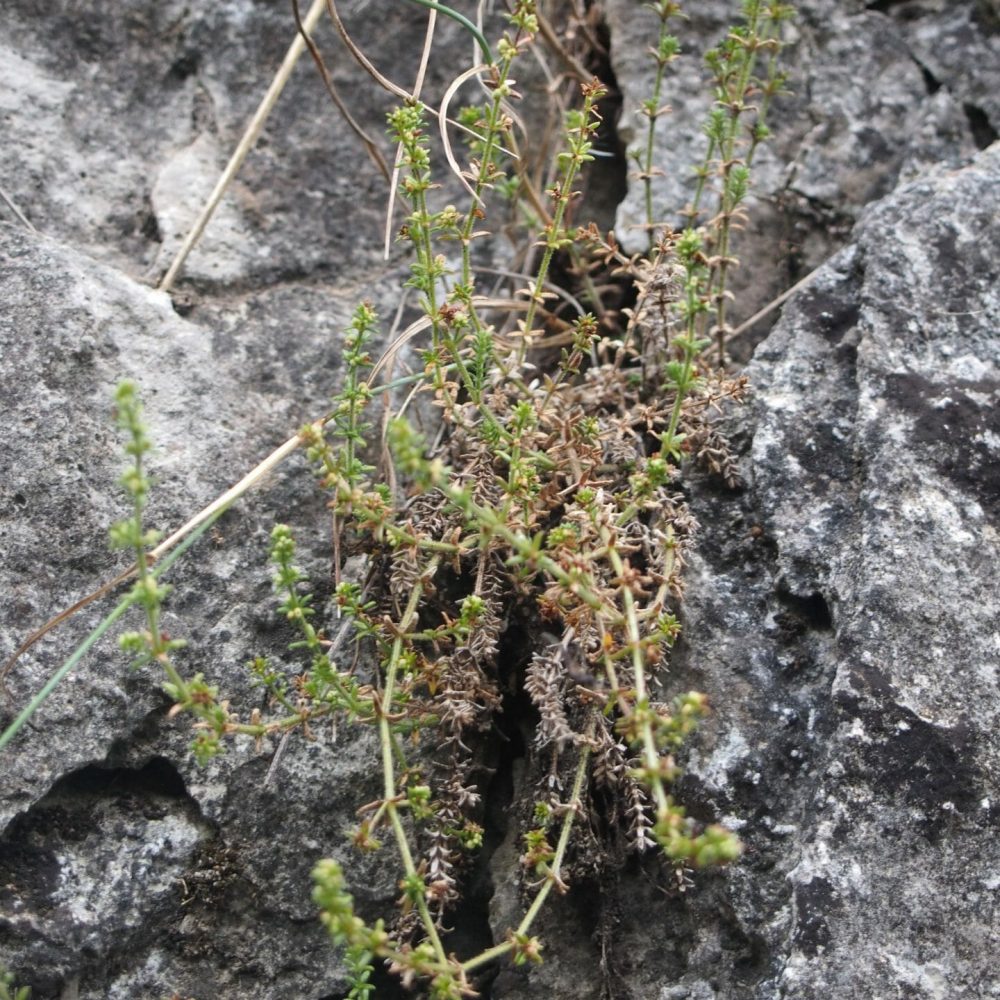
South Australian Seed Conservation Centre, Botanic Gardens and State Herbarium, South Australia
Bushfire recovery project work on Kangaroo Island allowed the South Australian Seed Conservation Centre an important opportunity to work with botanists, landowners, and volunteers to locate, assess and collect seeds for threatened species. Their support helped underpin many rediscoveries of historic records, as well as contributing six new species records for Kangaroo Island. This includes the rediscovery of Chenopodium erosum, only known from a single 1950 collection. This fire ephemeral was rediscovered at two localities in Kelly Hill Conservation Park, and we’ll likely not see this plant again for many years until the next fire event. This project gathered knowledge about the biology and ecology of this species and enabled the collection of 50,000+ seeds from two populations to be stored in a seedbank. The success of the project and the stronger connection with people on Kangaroo Island along with a better understanding of the flora has triggered an enthusiasm and stronger interest in the island’s threatened flora. This promises further collaboration, successes, and discoveries in years to come. This collaboration prompted the development of Kangaroo Island flora website which is primarily supported by volunteers which now includes fire response data and photographs from this project.
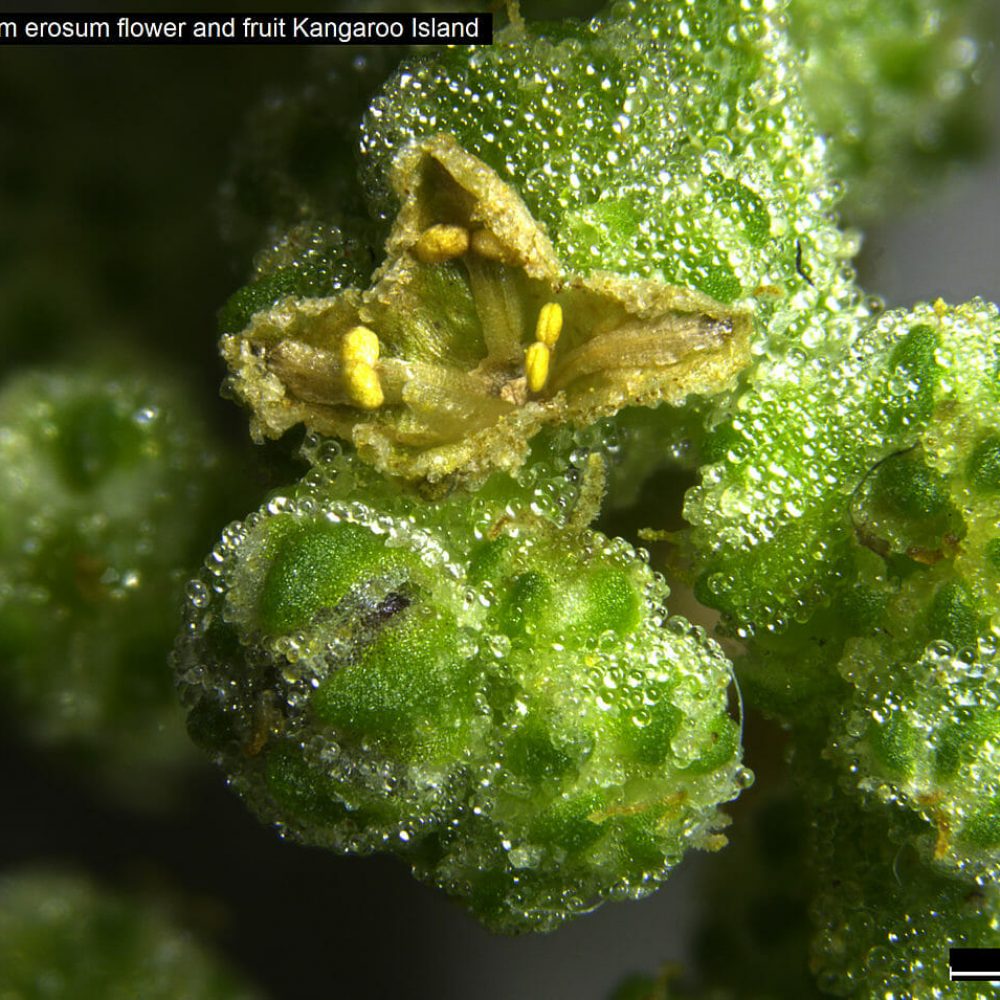
Tasmanian Seed Conservation Centre, Royal Tasmanian Botanical Gardens
Delicate bittercress (Cardamine tryssa) was described in 2004 after a review of Australian Cardamine specimens recognised five specimens collected from ACT, Victoria and Tasmania that did not match other taxa. Presumed extinct in Tasmania the species was rediscovered in 2017. Rapid Flora Assessments of this species funded through Project Phoenix indicate that the plant fairs reasonably through a fire and may in fact benefit from the disturbance.
Project Phoenix recovered 4 more populations for Cardamine tryssa around the Great Lake area, bringing the known populations in Tasmania to 15. From the largest of these new populations a collection of 45,000 seeds was obtained, the third and largest collection of this species for the Tasmanian Seed Conservation Centre. This work contributes to a better understanding of this relatively new and overlooked little herb.
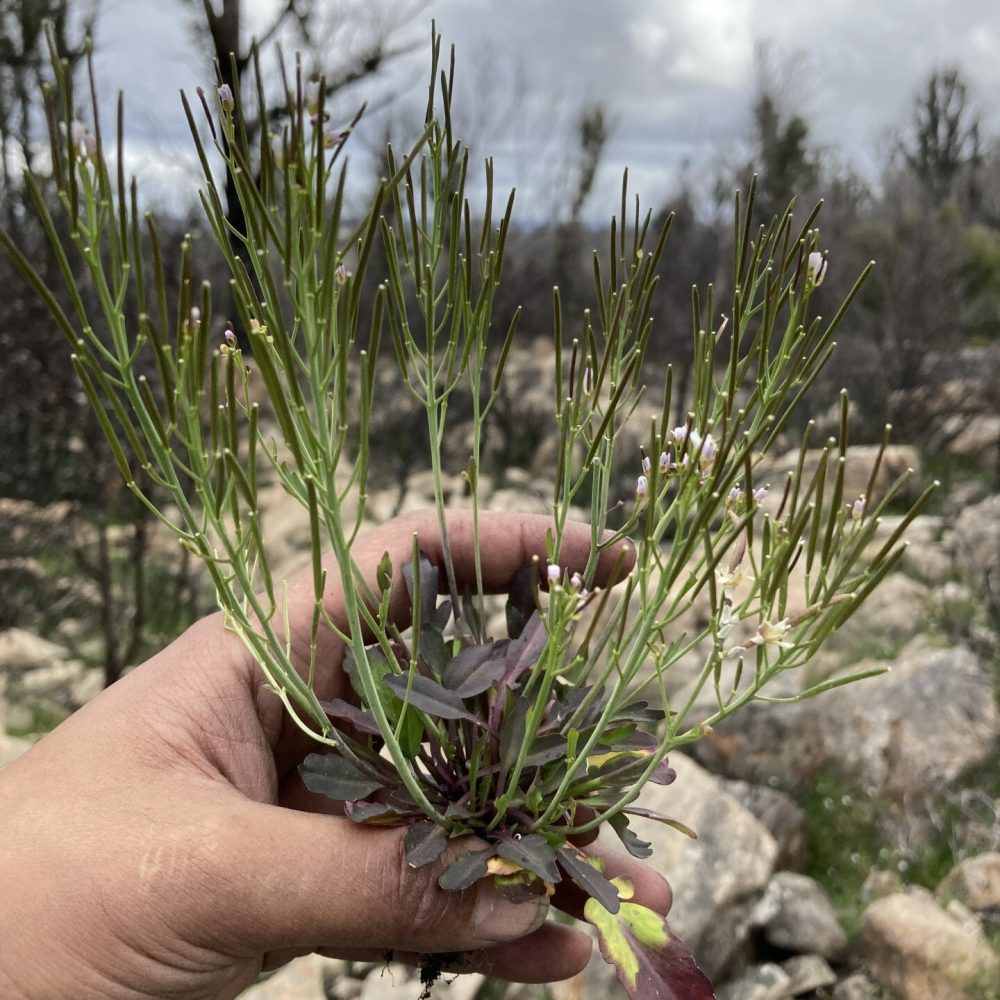
The Victorian Conservation Seedbank, Royal Botanic Gardens Victoria
The Woolly-Bear Wattle (Acacia lucasii) is a charismatic wattle, easily distinguished by its woolly new growths. It is only known from the Upper Tuross River area in New South Wales and the Nunniong Plateau in Victoria. The entire Victorian population was severely burnt in the 2019–20 bushfires. These plants grow in very shallow, rocky soils which are known to support very hot fires. Prior to the fires, population estimates of a few hundred plants were made in Victoria. The site assessments made by the Victorian Conservation Seedbank in early March 2021 found that, despite the harsh, hot fires, this species was recruiting in abundance, with thousands of seedlings observed to carpet the otherwise bare ground.
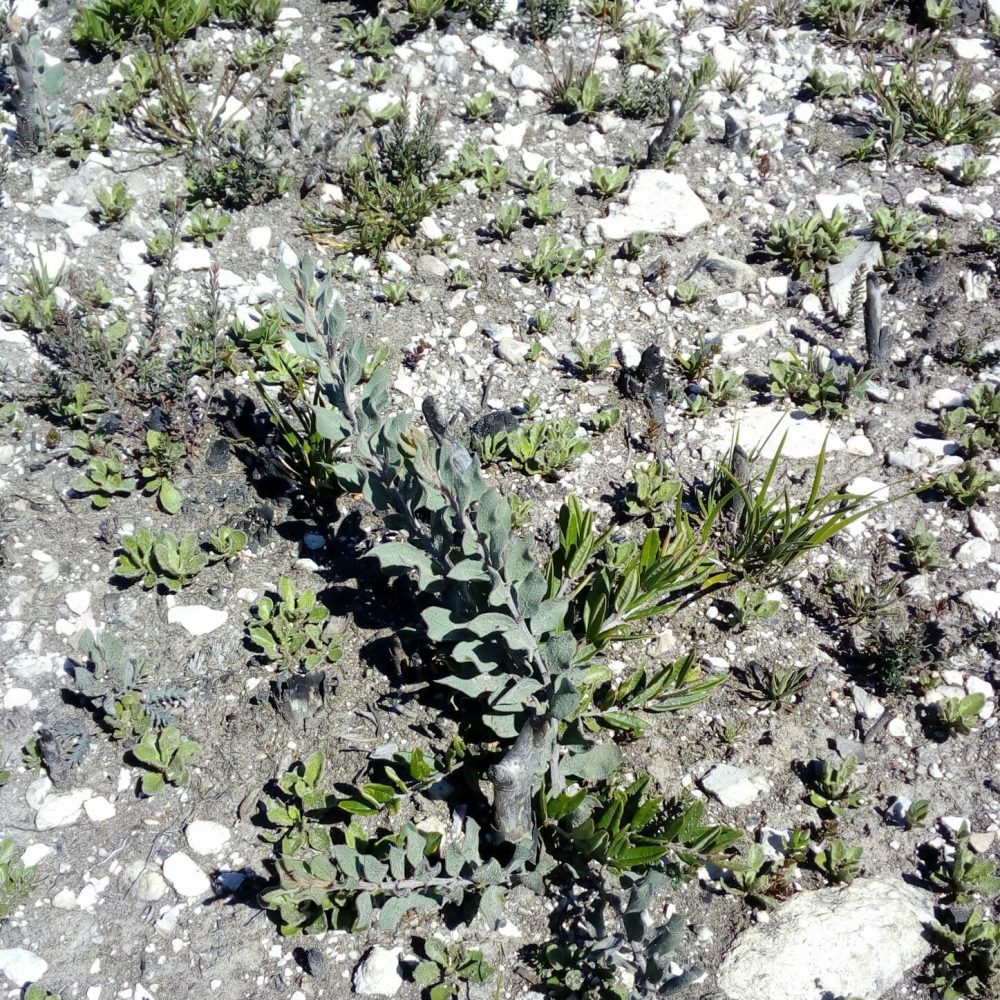
In the summer of 2019–20 a wildfire burnt through a large part of the eastern portion of Western Australia’s Stirling Range National Park. Unfortunately this including the Threatened Eastern Stirling Range Montane Heath and Thicket ecological communities that are home to a range of Threatened plant species. This area had already been impacted by fire in 2017–18 and only a small number of mature plants remained in isolated pockets of unburnt vegetation in the upper reaches of the range. The Department of Biodiversity, Conservation and Attractions was actively monitoring the status of these populations, locating mature plants, and recording seedling recruitment. This information was utilised to allow seed collections to be made, as part of Project Phoenix, for nine Threatened species, some of which were collected from multiple populations. These collections now supplement previous collections stored at Western Australian Seed Centre, adding to the number of seed and genetic diversity of collections in ex situ storage. Samples of these collections are now being germinated to establish their viability. The seedlings obtained from this testing will be added to seed orchards the Department is establishing to increase seed numbers to facilitate future in situ recovery actions for these species.
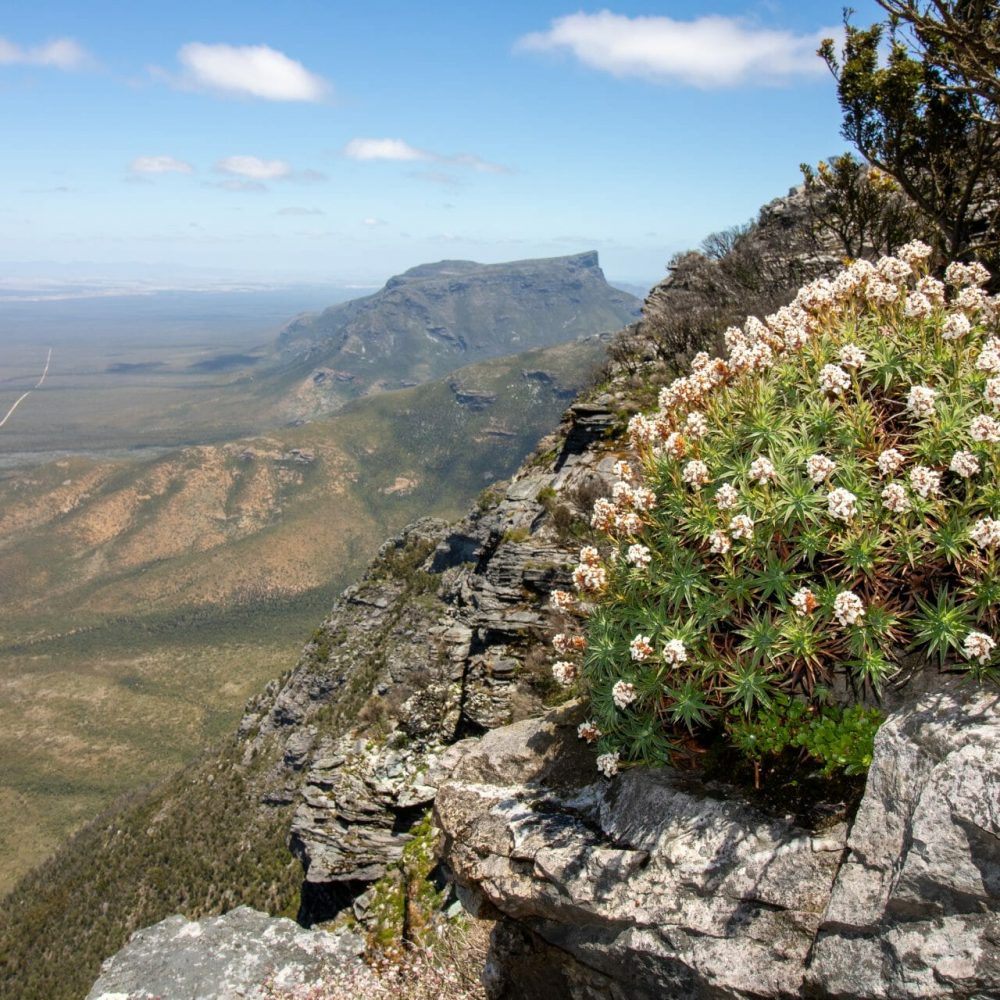
Species targeted through Project Phoenix
For each project that we deliver, our Partners identify target species that they aim to collect. As with all environmental projects we sometimes have to adapt our plans as conditions change. When seed is not available for a target species, or when we need to let the seed replenish the soil seed bank, our agile Partners will identify other priority species that can be collected in place of our initial targets. The total number of species secured therefore remains the same, and the initial targets are then prioritised for collection in future years.
Some of our work is still underway in July 2021 as our Partners finalise the processing, germination and storage of some project species. These will be updated in the coming month as the work is completed by our Partners.
The following ASBP partners are involved in this project
The Australian PlantBank, The Australian Botanic Garden, Mt Annan, The Royal Botanic Gardens and Domain Trust
Brisbane Botanic Gardens Conservation Seed Bank, Brisbane City Council
National Seed Bank, Australian National Botanic Gardens, Australian Capital Territory
South Australian Seed Conservation Centre, Botanic Gardens and State Herbarium, South Australia
Tasmanian Seed Conservation Centre, Royal Tasmanian Botanical Gardens
The Queensland Herbarium, Queensland Government
The Victorian Conservation Seedbank, Royal Botanic Gardens Victoria
The Western Australian Seed Centre, Kensington, Department of Biodiversity, Conservation and Attractions
